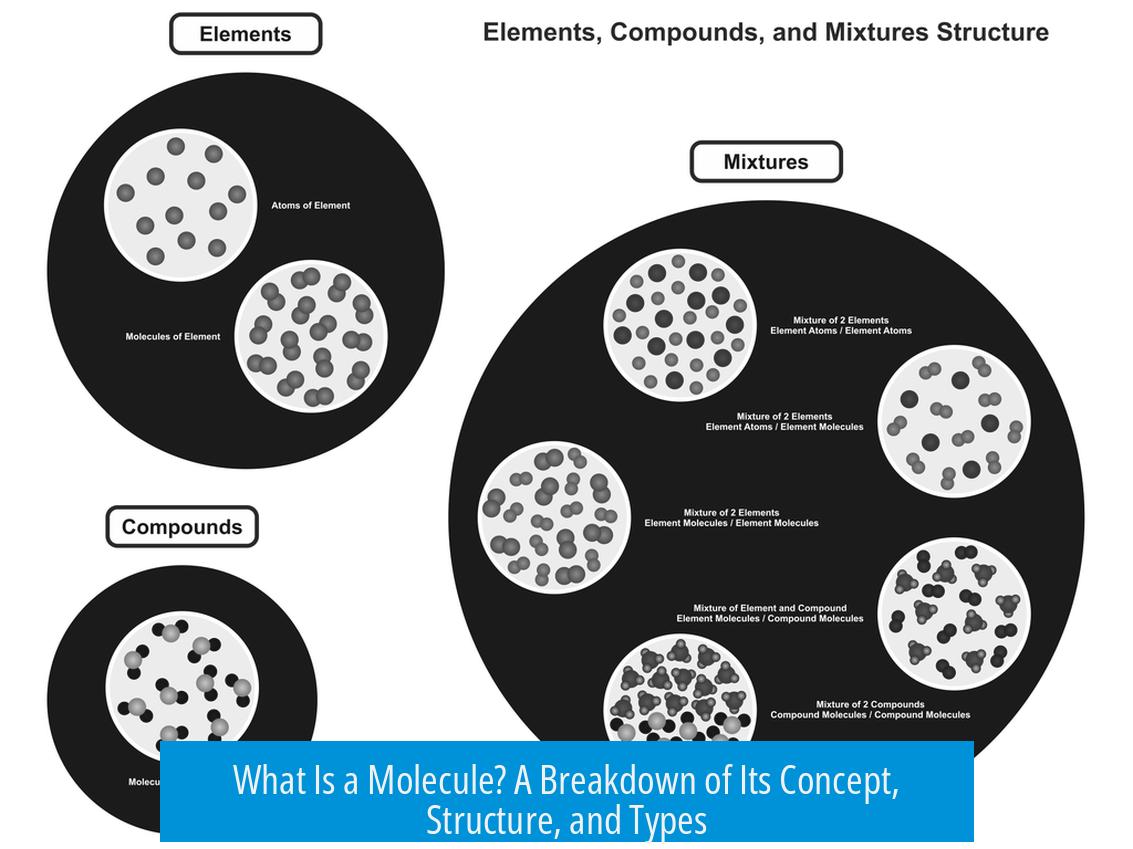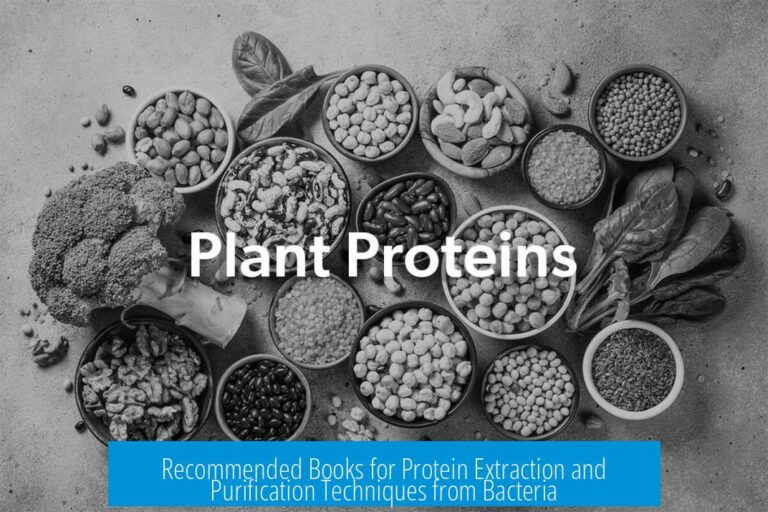Understanding What a Molecule Is
A molecule is best described as a stable aggregation of atoms bonded together, often electrically neutral, representing the smallest unit of a substance that retains its chemical properties. This definition embraces the complexity of molecular structure beyond simple covalent bonds and recognizes molecular ions and charged species balanced internally. The concept is versatile and contextual depending on chemical perspective, quantum mechanics, and practical usage.
1. Fundamental Concept of a Molecule
At its core, a molecule consists of two or more atoms linked together in a stable manner. Chemists often view a molecule as a conceptual simplification that avoids the intricate details of quantum physics. In this simplified view, molecules are collections of atoms bound tightly enough to be treated as a single structure.
Stability is key. For a grouping of atoms to be considered a molecule, it must be stable enough to exist independently without spontaneously dissociating under standard conditions. An example is the helium dimer (He2): despite its fragility and weak interactions, it can still be counted as a molecule because it requires energy input to break apart.
2. Charge and Neutrality in Molecules
Traditionally, molecules are thought to be electrically neutral. However, this is not an absolute rule. Molecules can carry net charges if balanced internally by counterions or opposite charges within the same structure. Such entities are molecular ions rather than simple ions.
- Example: Sodium acetate (CH3COONa) consists of acetate, a negatively charged ion, paired with sodium cation, forming a neutral molecular entity. The acetate component acts as a molecular anion.
- Zwitterions: Certain molecules carry both positive and negative charges in different parts but are electrically neutral overall, like amino acids in their zwitterionic form (e.g., phenylalanine).
In analytical methods such as mass spectrometry, “molecular ions” refer to charged molecules, emphasizing that charge status does not exclude a structure from being considered molecular.
3. Types of Chemical Bonds in Molecules
The common teaching presents molecules as groups of atoms connected by covalent bonds. This is a practical simplification for introductory chemistry education. Real molecules, however, can contain various types of bonding:
- Covalent bonds: Shared electron pairs between atoms forming strong links.
- Ionic components: Molecules sometimes incorporate ionic bonds or segments that behave ionically but remain part of the whole. For example, complexes such as triflic acid exhibit strong ionic tendencies.
- Metallic or coordination bonds: Some molecules, like the dimeric iridium complex [Ir(ppy)2Cl]2, contain metal centers bridged by ligands where bonding is neither purely covalent nor ionic.
Thus, the bonding character within molecules can be diverse. The International Union of Pure and Applied Chemistry (IUPAC) defines molecules as chemical entities with bonds forming a system that is overall neutral, allowing for mixed bonding.
4. Size and Scope of Molecules
Molecules vary enormously in size and complexity. The assumption that molecules are “small” entities is incorrect. Molecules can be gigantic, such as polymers and proteins, which involve thousands or even millions of atoms bonded into a single entity.
An extreme example is a polymerized gel weighing thousands of pounds that behaves as one enormous molecule due to continuous bonding throughout. The defining factor remains that atoms are linked in a single stable unit.
5. Philosophical and Practical Perspectives
The molecule represents the smallest portion of a substance retaining all its chemical properties. This practical definition applies across science and industry, providing a useful way to classify matter. However, at a deeper level, molecules are quantum mechanical entities exhibiting wave-like properties.
Such complexity leads to debates and somewhat humorous frustrations among chemists about formal definitions, especially those set by organizations like IUPAC. Nonetheless, practical chemistry embraces flexible understandings.
For example, natural products, biomolecules, and pharmaceuticals are universally accepted as molecules, regardless of their charge state or stability. Charge does not preclude molecular identity in everyday chemical thinking.
Summary of Key Points
- A molecule is a stable, bonded aggregation of atoms often electrically neutral but can include charged species balanced internally.
- Molecules are not limited to covalent bonds; ionic and coordination bonding can be part of the molecular structure.
- Molecules can be very large, including polymers and complexes previously considered beyond typical molecule size.
- The concept spans from simple to complex, from quantum mechanical views to practical chemistry usage.
- Charge does not exclude a substance from molecular status, as molecular ions and zwitterions illustrate.
What is the simplest way to define a molecule?
A molecule is a stable group of atoms joined together. This is a basic chemist’s view, avoiding the complexity of quantum physics. It’s usually a neutral combination, but not always.
Can molecules carry an electric charge?
Yes. Some molecules have charges balanced within, like zwitterions or salts. For example, acetate carries a negative charge balanced by sodium. Charged molecules exist but usually have internal charge balance.
Are molecules always formed by covalent bonds?
No. Molecules can include ionic parts. For example, some proteins have charged sites, and some complexes share atoms without pure covalent bonds. The bonds in a molecule can be mixed in nature.
Is there a size limit to how big a molecule can be?
No limit. Molecules can be extremely large if all atoms are bonded. Some molecules can be as big as thousands of pounds. The key is that energy is needed to break them apart.
What makes a molecule different from an ion?
A molecule without net charge is not an ion. If a molecule has a net charge, it is both a molecule and an ion. Molecular ions are common in mass spectrometry and have multiple atoms with a charge.
Why is the molecule concept sometimes seen as simplified?
Molecules are often defined simply to aid teaching. In reality, their quantum nature and bonding can be complex. Scientists use practical definitions that fit different needs, not always perfect ones.





Leave a Comment